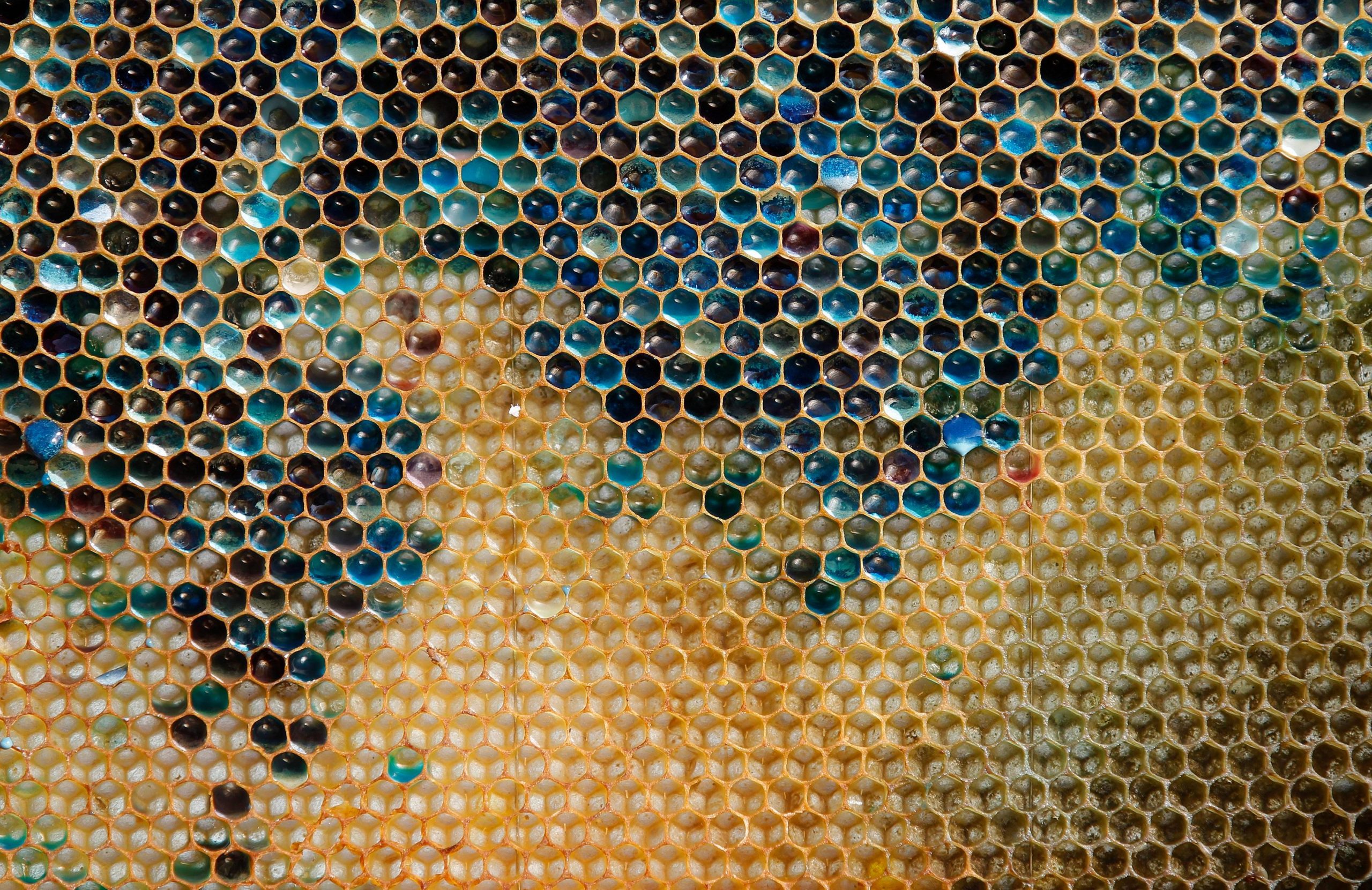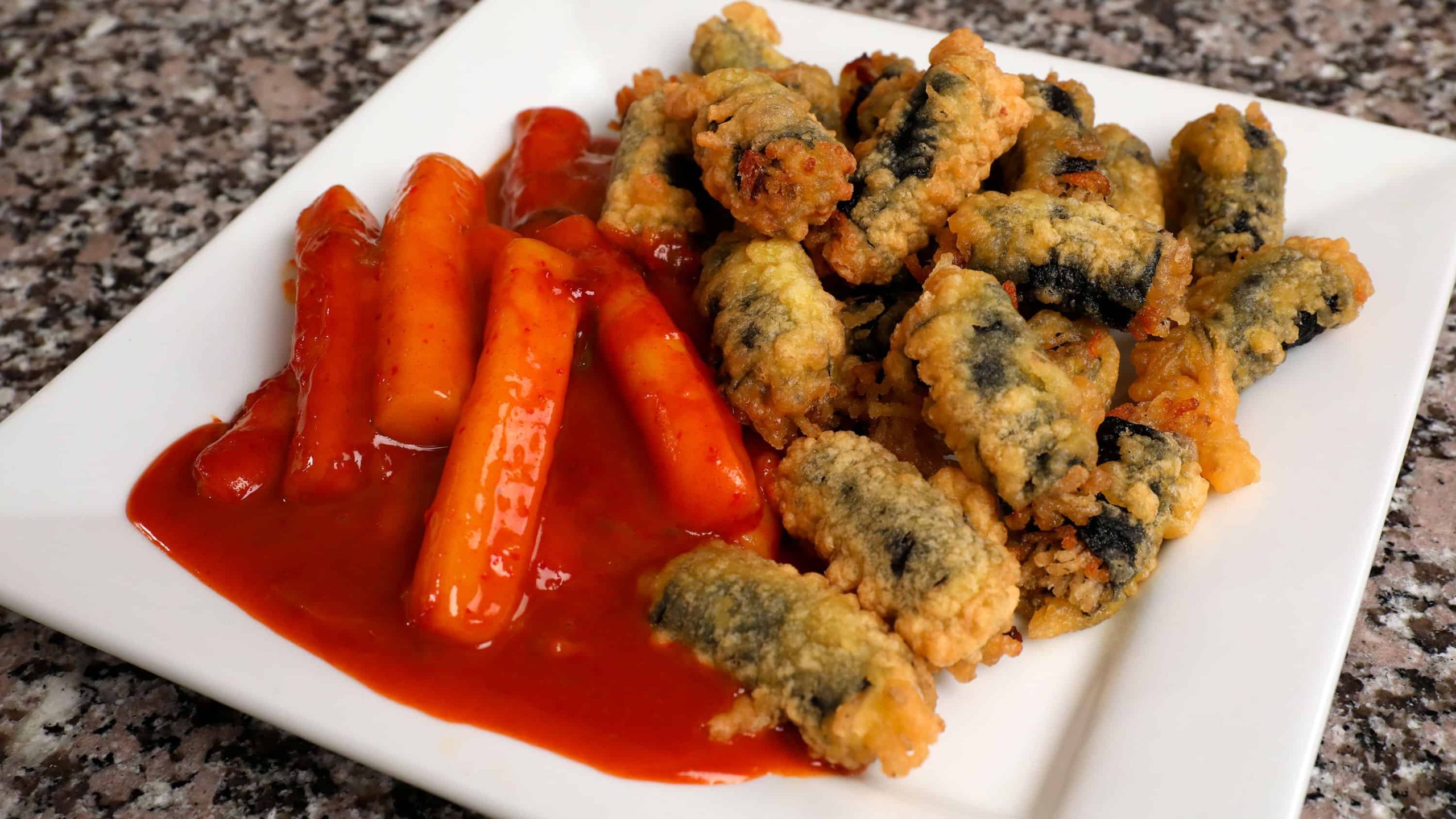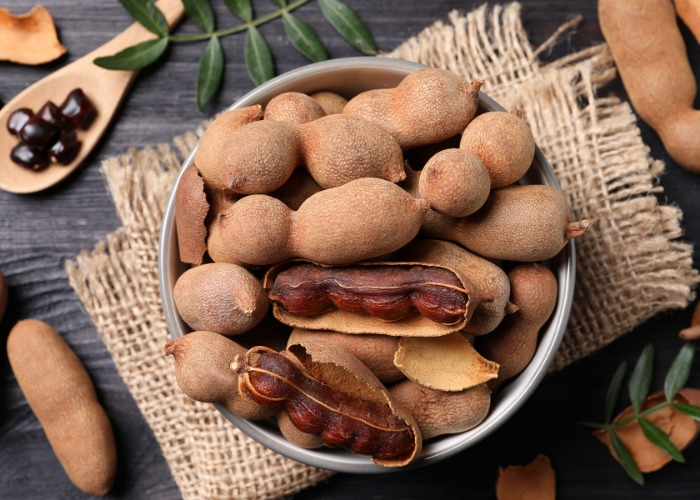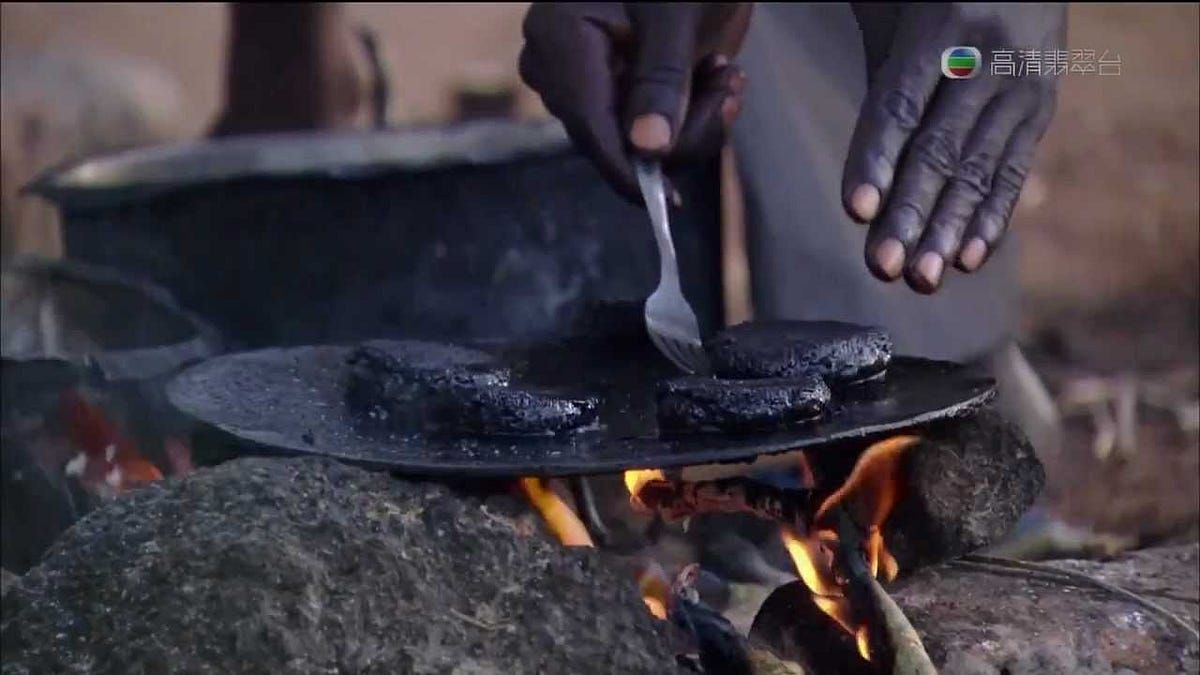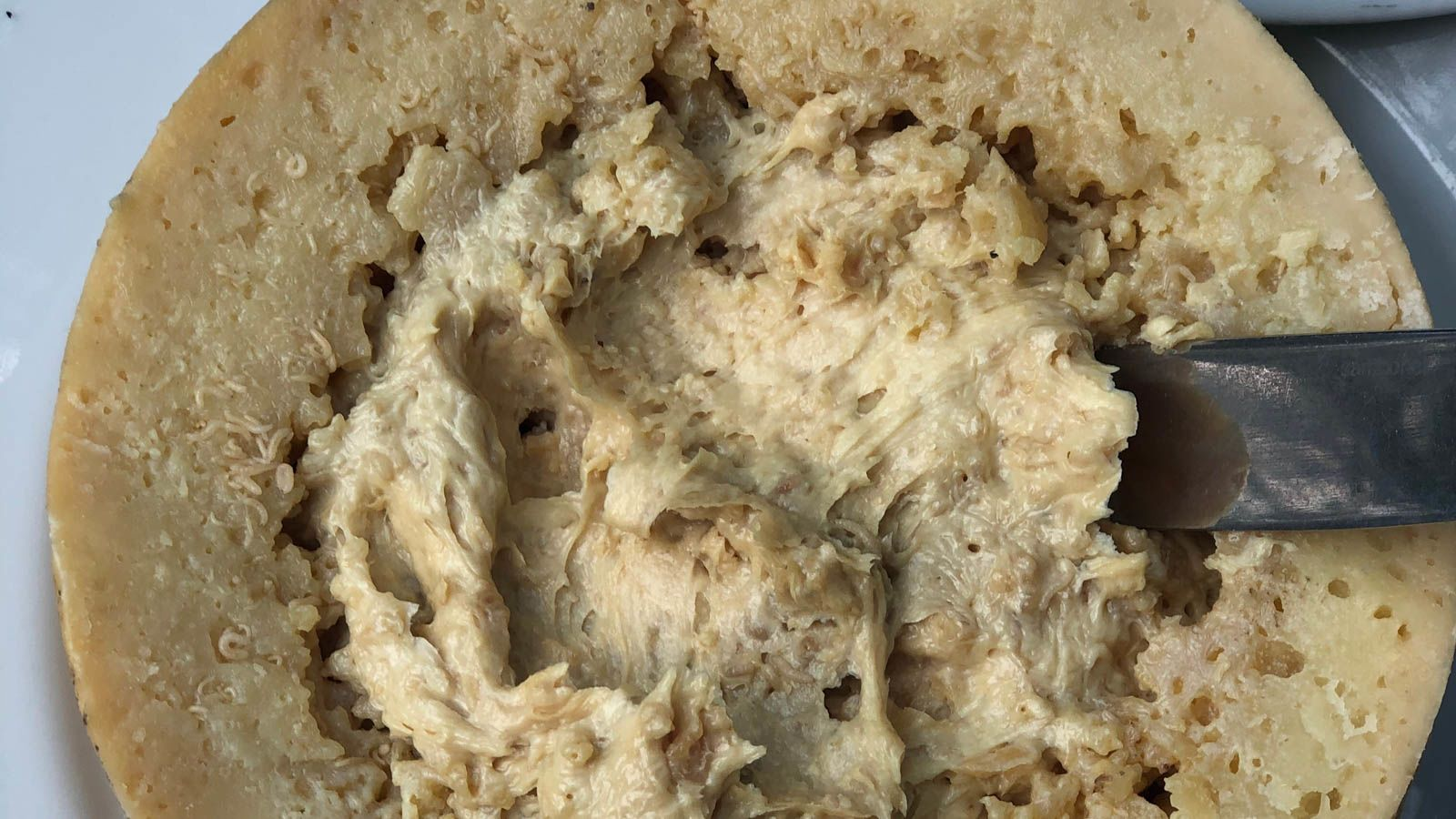In 2012, keepers near Ribeauvillé, France discovered honey shimmering blue and green—more sci‑fi than breakfast fare. A biogas plant was drying sugary waste from an M&M’s factory, and bees, lured by the syrup, ferried dyed sugars home, turning the combs neon and the crop unsellable.
Lab tests confirmed Blue No. 1 and Yellow No. 5; honey enzymes can’t break down synthetic dyes. Regulators ordered the plant to cover waste, and Mars tightened disposal rules. For apiculture students, the case is shorthand for a core lesson: hive quality mirrors every resource within three kilometres, from wildflower meadows to factory runoff.
Today, responsible apiaries audit nearby industries, and EU law now mandates buffer zones between hives and food‑processing waste. Consumers can guard quality by choosing region‑certified honeys—France’s IGP, Australia’s B‑Qual, or the U.S. True Source seal—that track each jar from flower to shelf. Supporting ethical beekeepers sustains pollination services that underpin a third of global crops. The blue‑honey story may go viral for its cartoon colour, yet its lasting lesson is that food integrity begins in the landscape long before it drips from a spoon—for everyone.

